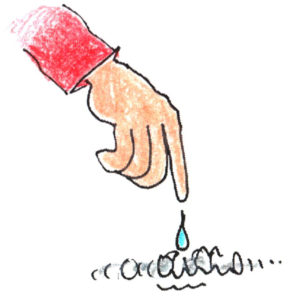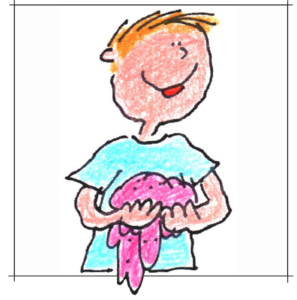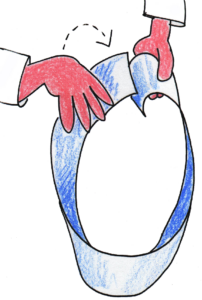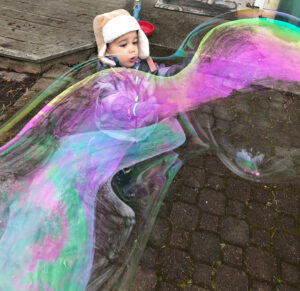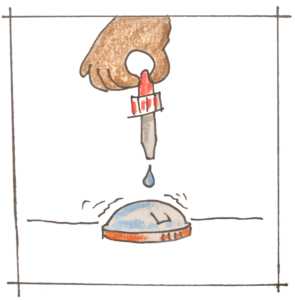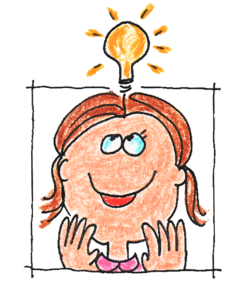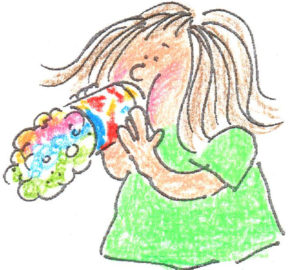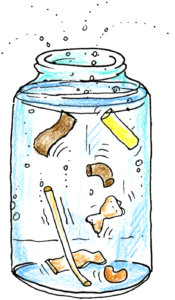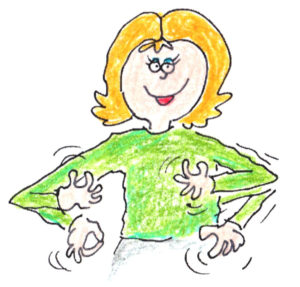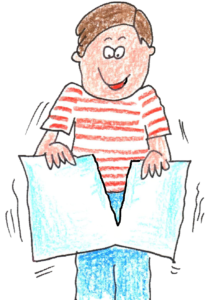Something with simple materials that will fascinate children?
I collected several chemistry activities for your consideration, thanks to the Exploratorium Museum and Steve Spangler Science.
Make sure to check out the poetry suggestions.
Check out these resources from Sciencefun.org. I highlighted a few activities, specifically choosing ones that have simple materials and a video. It’s just a sample of the science activities on their site, pick what works best for you and, as a scientist, be safe!
There’s more from NASA, the National Science Foundation, and the Smithsonian.
Many great ideas for science at home!
Kids can try it at home with scrap paper, scissors, and tape. It’s very adaptable for different ages and abilities.
Watch the video to see what happens. Try it yourself.
Keep track of the number of twists before you tape the paper to find the pattern for how many twists results in how many loops.
It’s fascinating for both children and grownups!
I recently posted suggestions from Steve Spangler for bubbles.
My niece called for a bubble recipe as she played with her almost two-year old son and I thought it can be such a fun activity I’d find more resources for you.
Just like my last blog, my source is the Exploratorium Museum
I listed activities from simple materials to uncommon materials like dry ice.
Try a few activities with water.
You’ll need a wrapped straw, a few toothpicks, and a penny.
It helps if you have an eyedropper, too!
Enjoy!
What to do with kiddos who are
suddenly at home for a week or two?
Check out these GREAT activities from
SteveSpanglerScience.com,
an amazing site that lets you read
about and then watch simple activities.*
This is a fun activity that recycles household materials,
it’s easy to add variations that can challenge older
or more capable children while still fascinating younger children.
I’ve found online resources and
hope you have time to check them out!
Pour a can of clear or lightly colored soft drink into a transparent container. Drop in a few pieces of raw pasta.
Initially the pasta sinks to the bottom of the container because each piece is denser than the liquid.
Bubbles of gas attach to the pasta and it slowly rises to the surface.
Your students are pretty interested at this point in just what’s going on!
Just like many earthquakes, you can model the process of building up pressure and then having it released quickly.
Snap your fingers!
The pressure between your fingers builds up and you continue adding pressure until suddenly the force overcomes the friction between your fingers and you snap!
A sheet of newspaper and a few minutes builds enthusiasm for science, gives students a chance to guess and discuss results, and can be used to introduce patterns in science.
